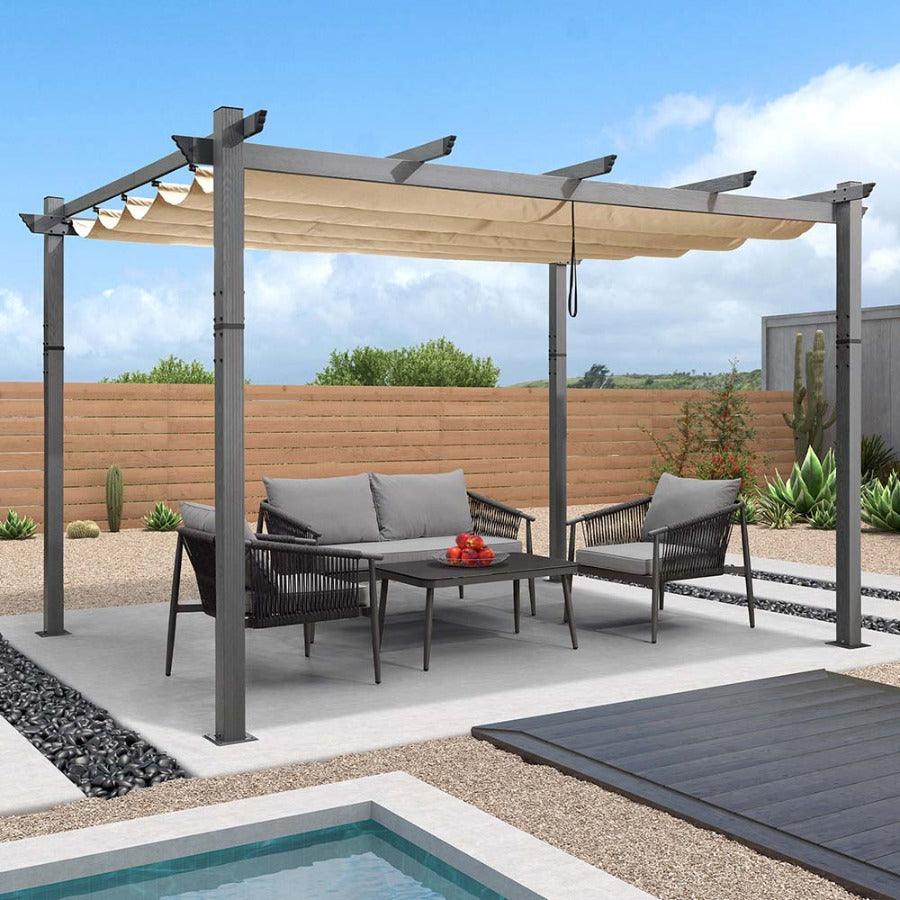When it comes to creating a visually stunning and functional outdoor space, incorporating hardscape elements is essential. Hardscaping refers to the non-living elements of a landscape, such as pathways, walls, patios, and other structures. These elements play a crucial role in enhancing the overall design and functionality of outdoor spaces.

Enhancing Aesthetics
One of the primary reasons for incorporating hardscape elements in landscape design is to enhance the aesthetics of the outdoor space. Well-designed pathways, decorative walls, and carefully placed structures can add visual interest and create focal points within the landscape. For example, a beautifully designed patio with a fire pit can become the centerpiece of a backyard, providing a gathering space for family and friends.
Creating Functional Spaces
Another important aspect of hardscape elements is their ability to create functional outdoor spaces. For instance, a well-designed retaining wall can not only add visual appeal to a landscape but also serve the practical purpose of preventing soil erosion. Similarly, a carefully planned pathway can guide visitors through the garden while also providing a stable surface for walking.
Increasing Property Value
Incorporating hardscape elements in landscape design can significantly increase the value of a property. A thoughtfully designed outdoor space with hardscaping features can make a property more attractive to potential buyers. Elements such as a well-maintained patio, a functional outdoor kitchen, or a stylish pergola can set a property apart and make it more desirable in the real estate market.
Reducing Maintenance
Properly planned hardscape elements can also help reduce the overall maintenance requirements of a landscape. For example, replacing a section of the lawn with a well-designed stone patio can minimize the need for mowing and watering in that area. Additionally, hardscaping features such as decorative gravel or mulch can help suppress weed growth, reducing the time and effort required for maintenance.
In conclusion, the incorporation of hardscape elements in landscape design is crucial for enhancing the aesthetics, creating functional spaces, increasing property value, and reducing maintenance. By carefully integrating non-living elements into the overall design, landscape professionals can create outdoor spaces that are not only visually appealing but also practical and valuable.








